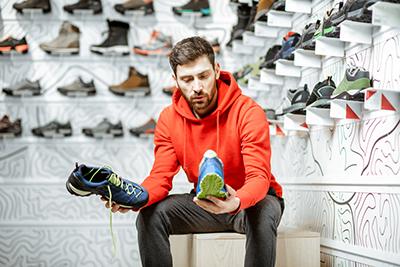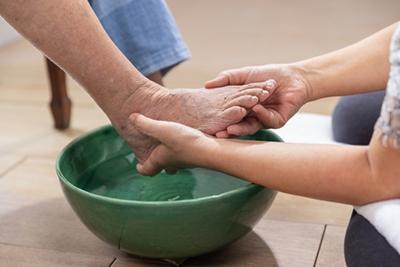
Location
-
The Importance of Diabetic Care
posted: Oct. 01, 2023.
Category: Foot Care
-
Treating Your Bunion Symptoms
posted: Sep. 15, 2023.
Category: Foot Conditions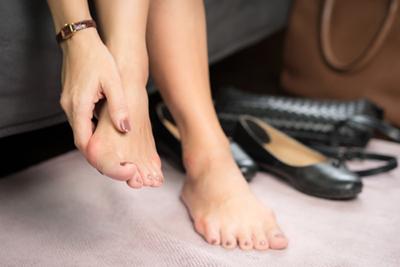
-
Bunion Treatment Options
posted: Sep. 01, 2023.
Category: Foot Conditions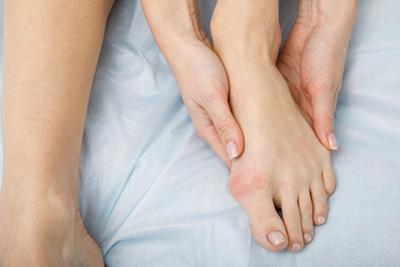
-
When You Should See a Podiatrist for Ankle Pain
posted: Aug. 09, 2023.
Category: Foot Conditions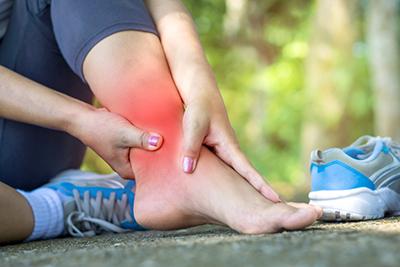
-
Symptoms of Ingrown Toenails and When To See a Doctor
posted: Aug. 03, 2023.
If you have an ingrown toenail, our team at Big Sky Foot and Ankle Institute can help. Dr. Dallin Greene and Dr. Nathan Judd can help you find a foot Read moreCategory: Foot Condition, Podiatry, Foot Conditions, Foot Issues -
Foot Health for Children
posted: Aug. 01, 2023.
Category: Foot Care, Foot Conditions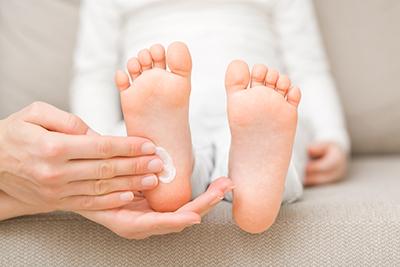
-
Heel Pain: Causes and Treatments
posted: Jul. 17, 2023.
Category: Foot Conditions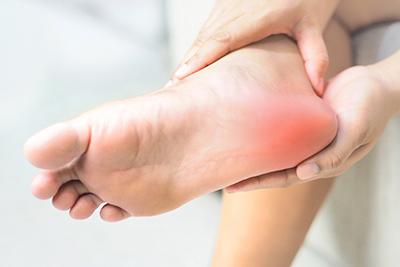
-
Diabetes and Foot Care: Tips for Maintaining Healthy Feet
posted: Jul. 01, 2023.
Category: Foot Care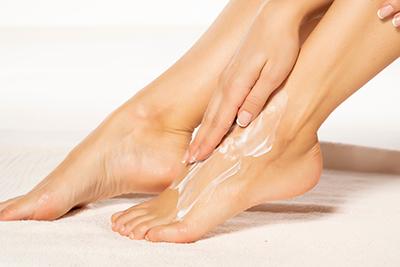
-
Suffering From Ingrown Toenails?
posted: Jun. 09, 2023.
Category: Foot Conditions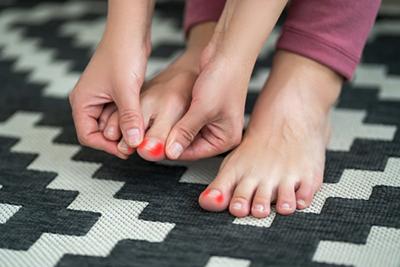
-
What You Need To Know About Taking Care of Your Feet
posted: Jun. 01, 2023.
Category: Foot Care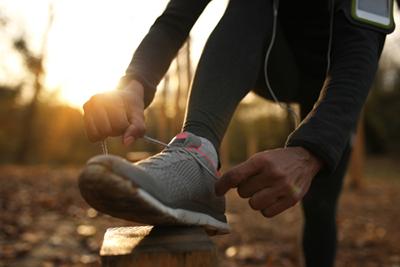
-
Treating Foot and Ankle Injuries
posted: May 12, 2023.
Category: Foot Care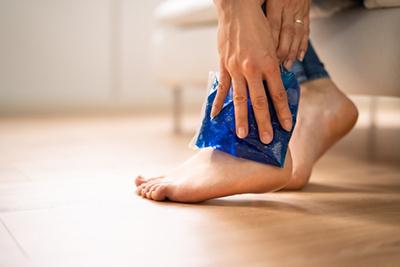
-
Common Causes of Ankle Pain
posted: May 03, 2023.
Ankle pain, whether minor, chronic, or severe, can make it difficult to walk, move about, or even stand. Many different factors can cause ankle pain, from arthritis to a sprain. Read moreCategory: Podiatry, Foot Conditions, Foot Issues -
Foot Conditions That Affect Athletes and How to Prevent Them
posted: May 02, 2023.
Category: Foot Conditions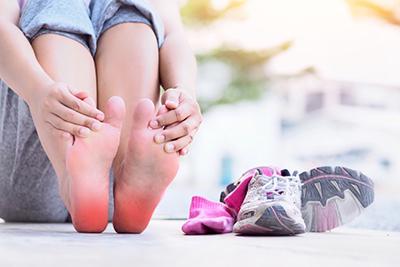
-
The Benefits of Custom Orthotics for Foot Pain
posted: Apr. 13, 2023.
Category: Foot Care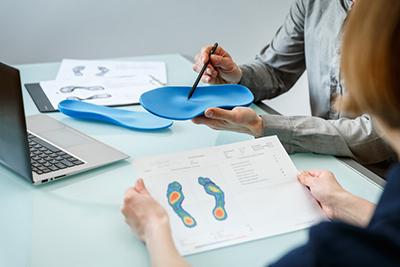
-
Common Causes of Foot Pain
posted: Apr. 01, 2023.
Category: Foot Conditions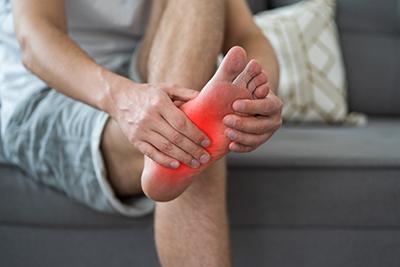
-
Tips for Choosing the Right Shoes for Your Foot Type
posted: Mar. 22, 2023.
Category: Foot Care